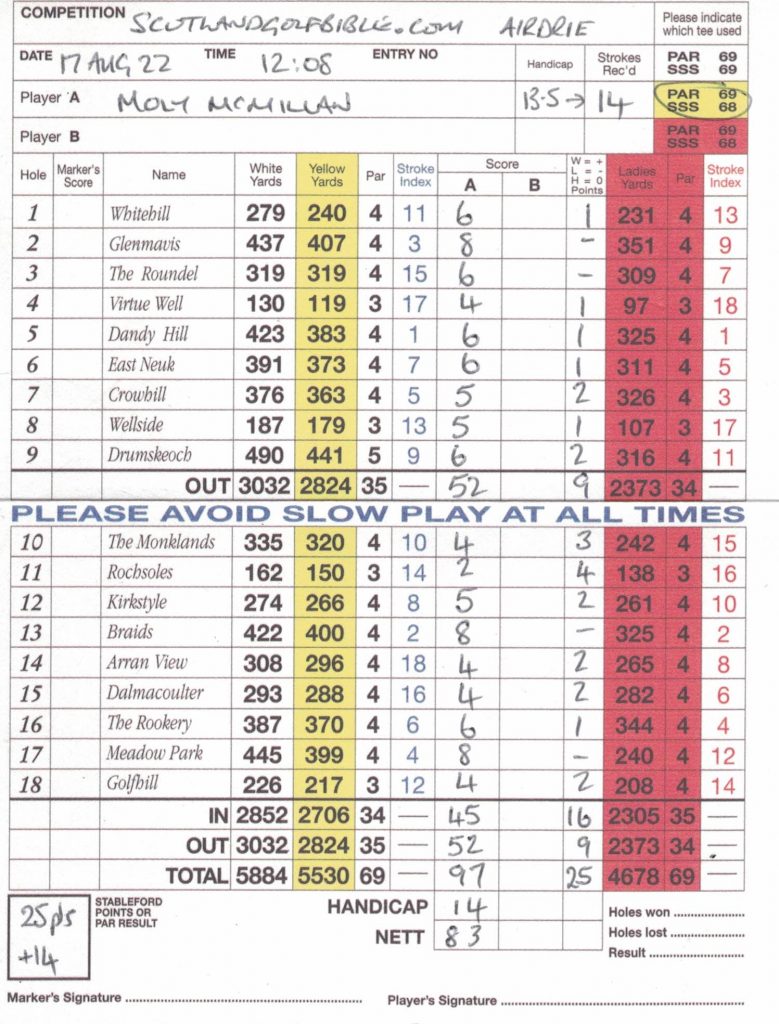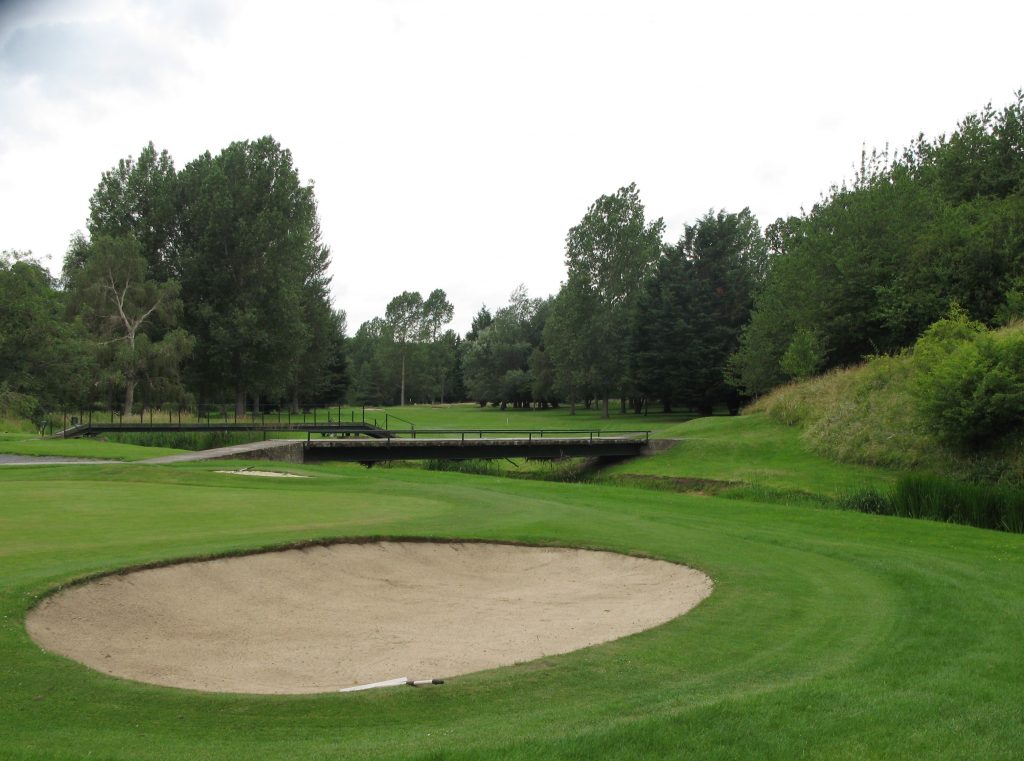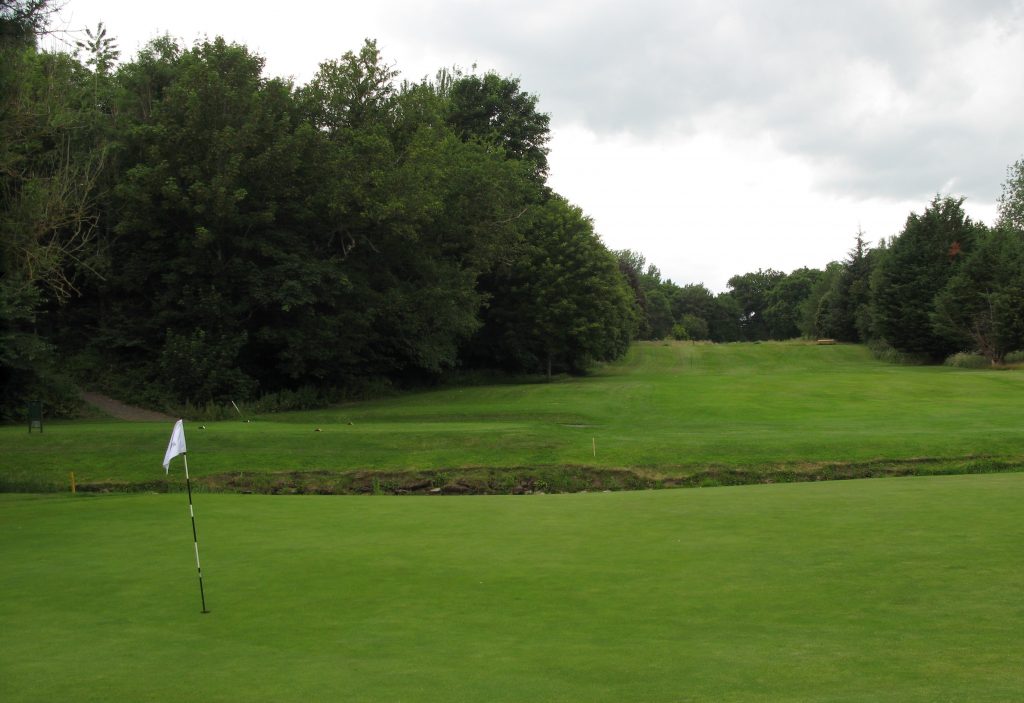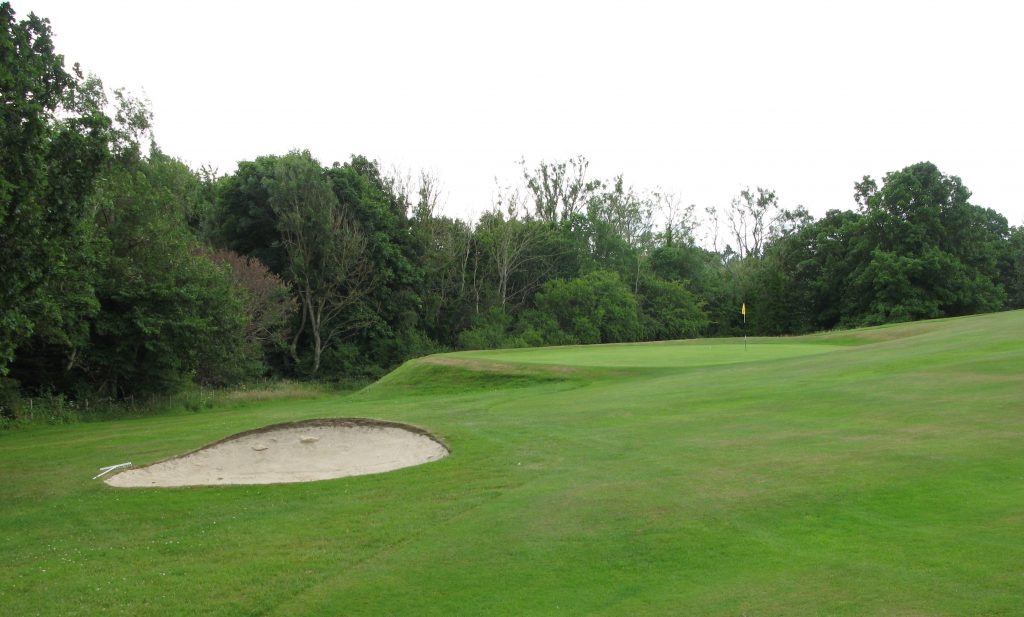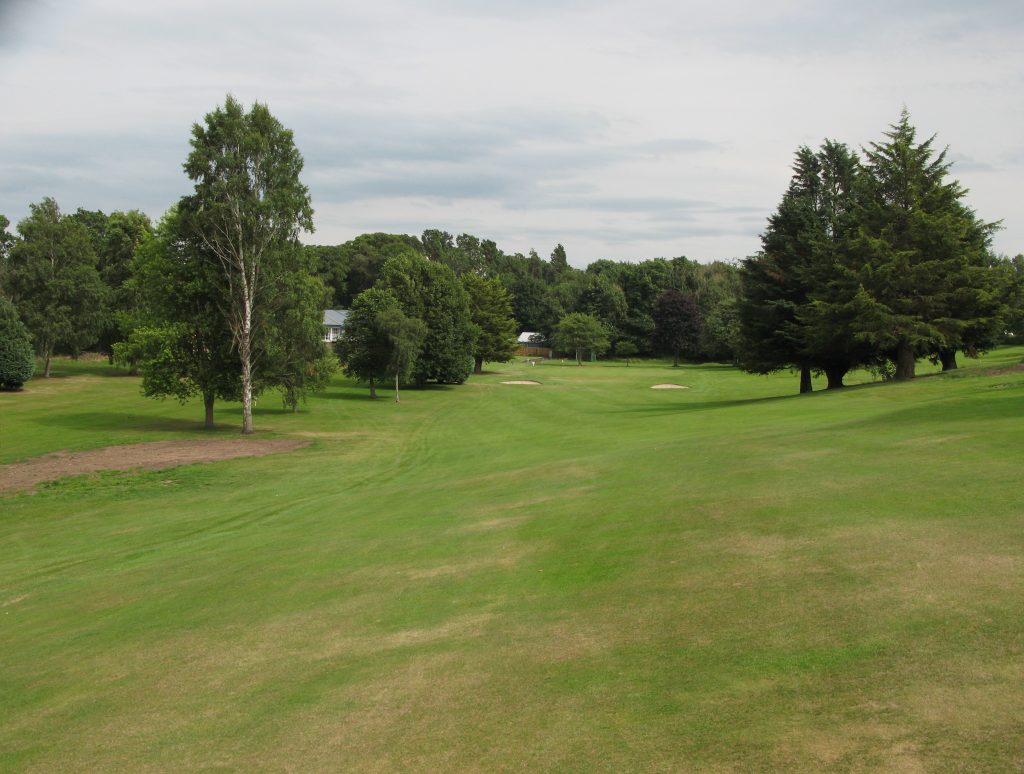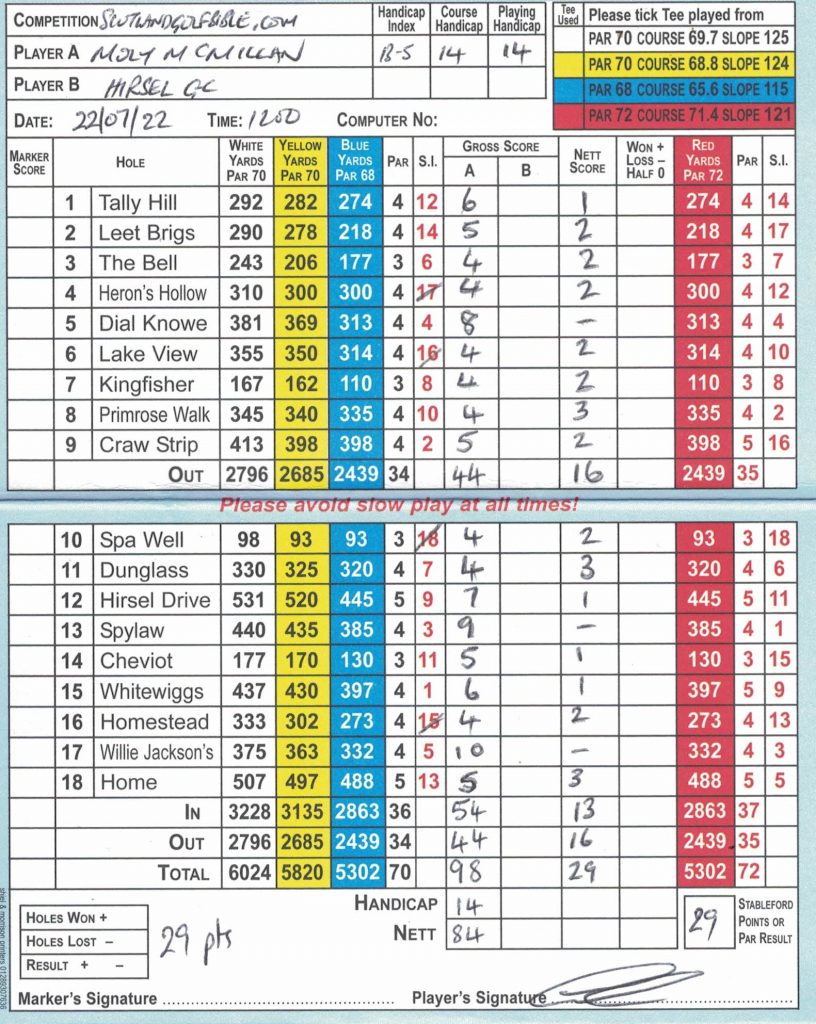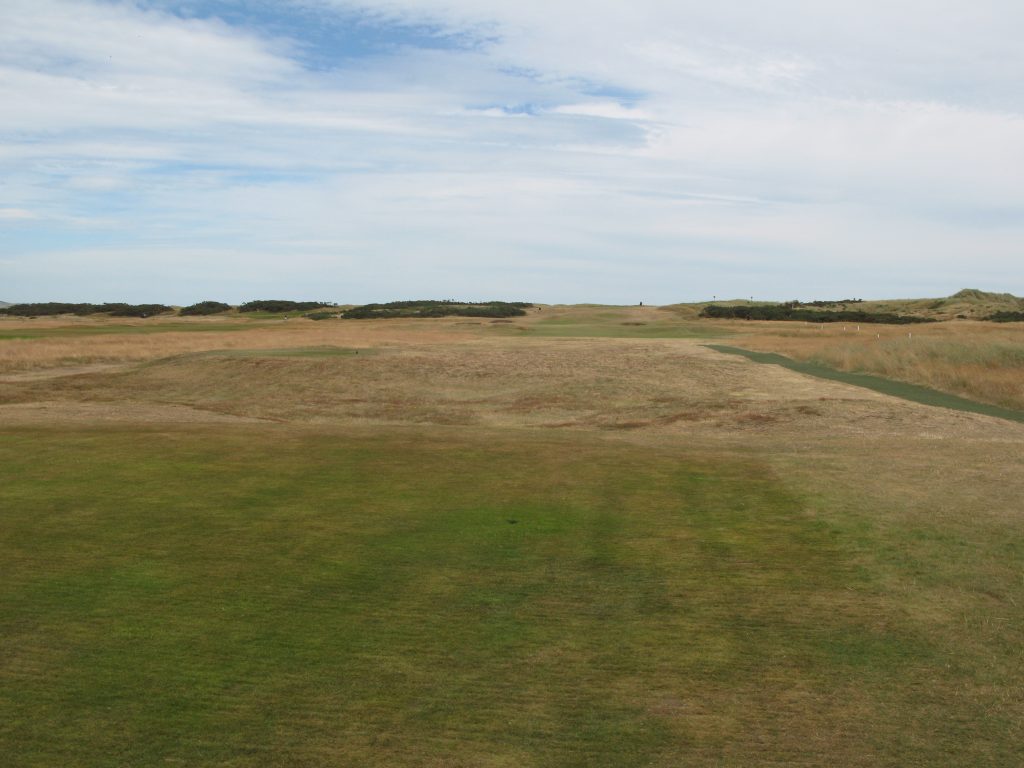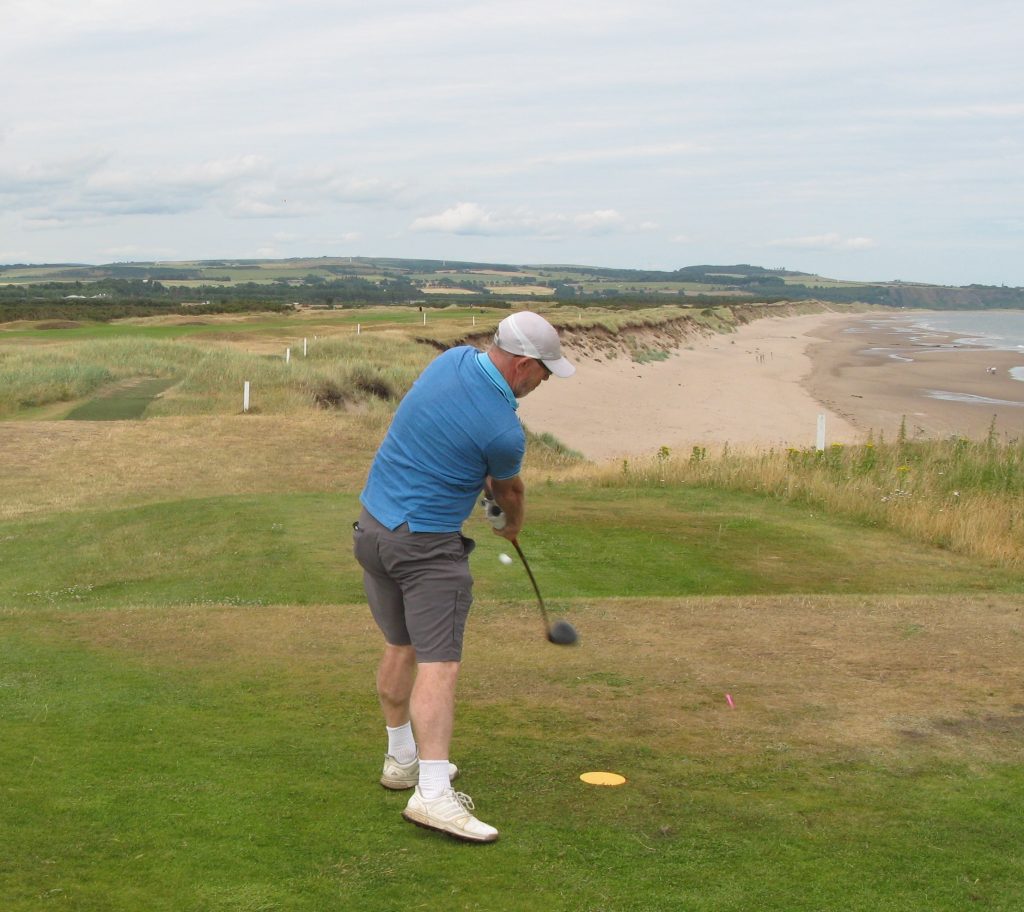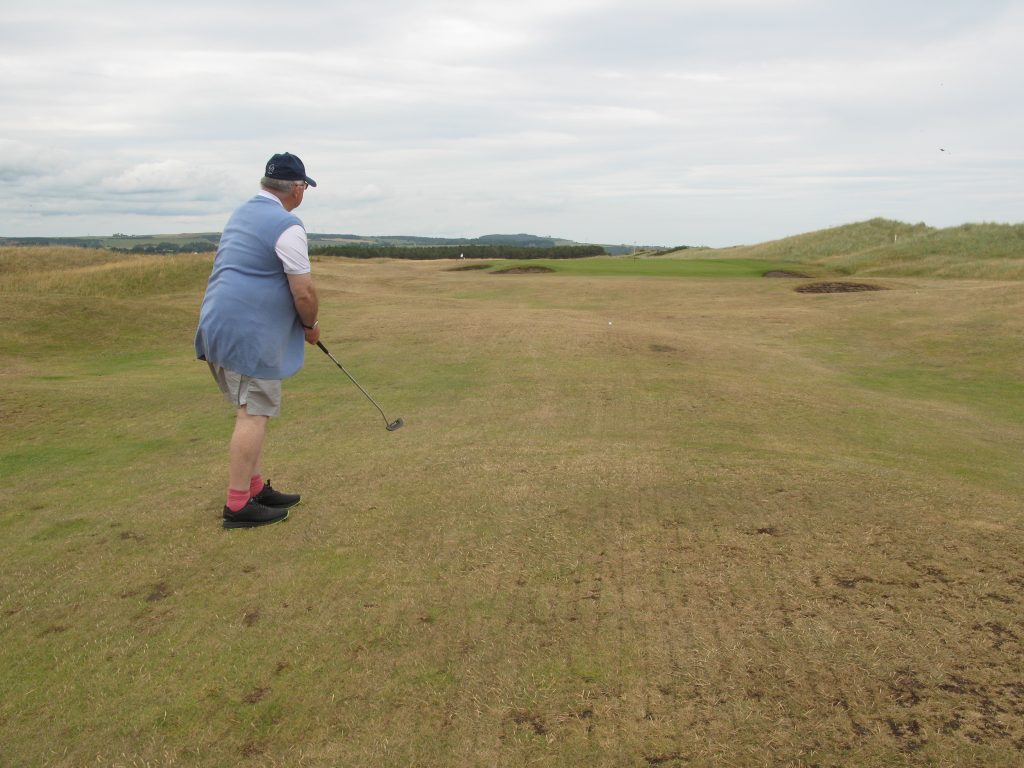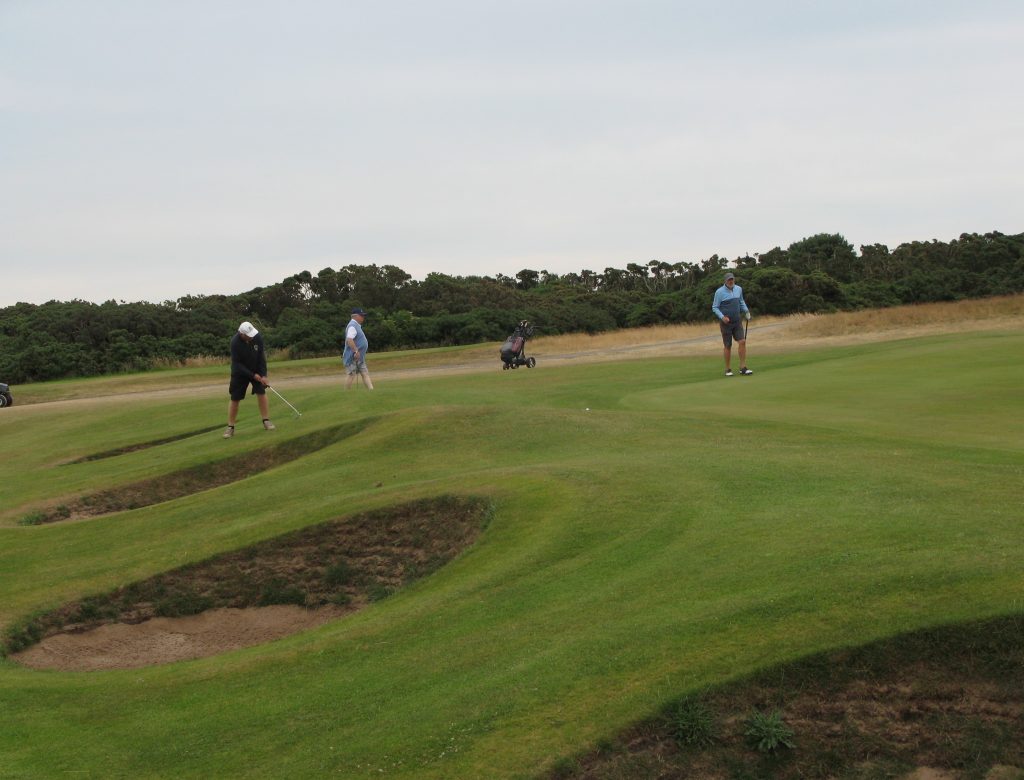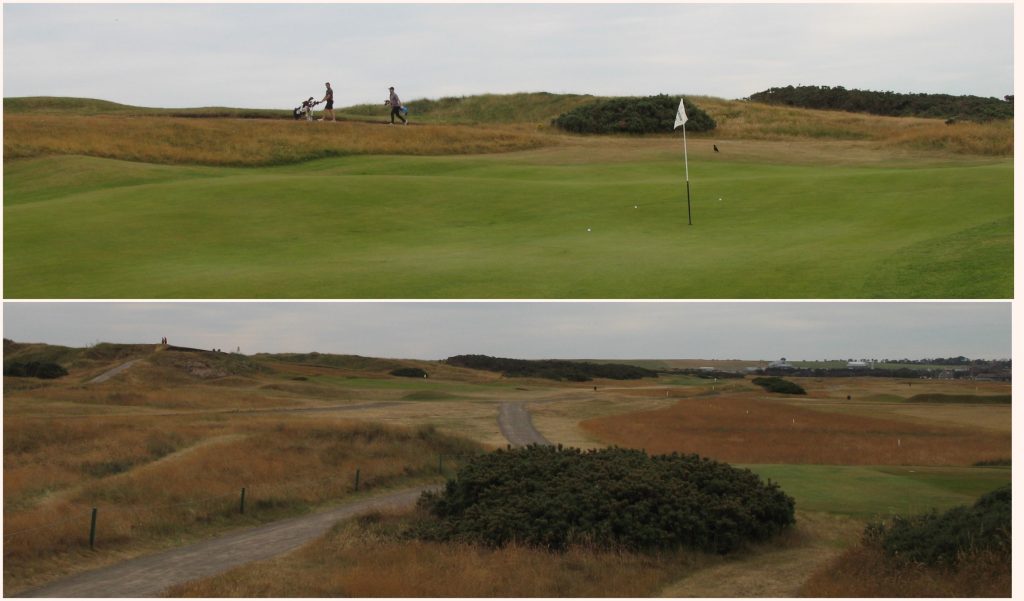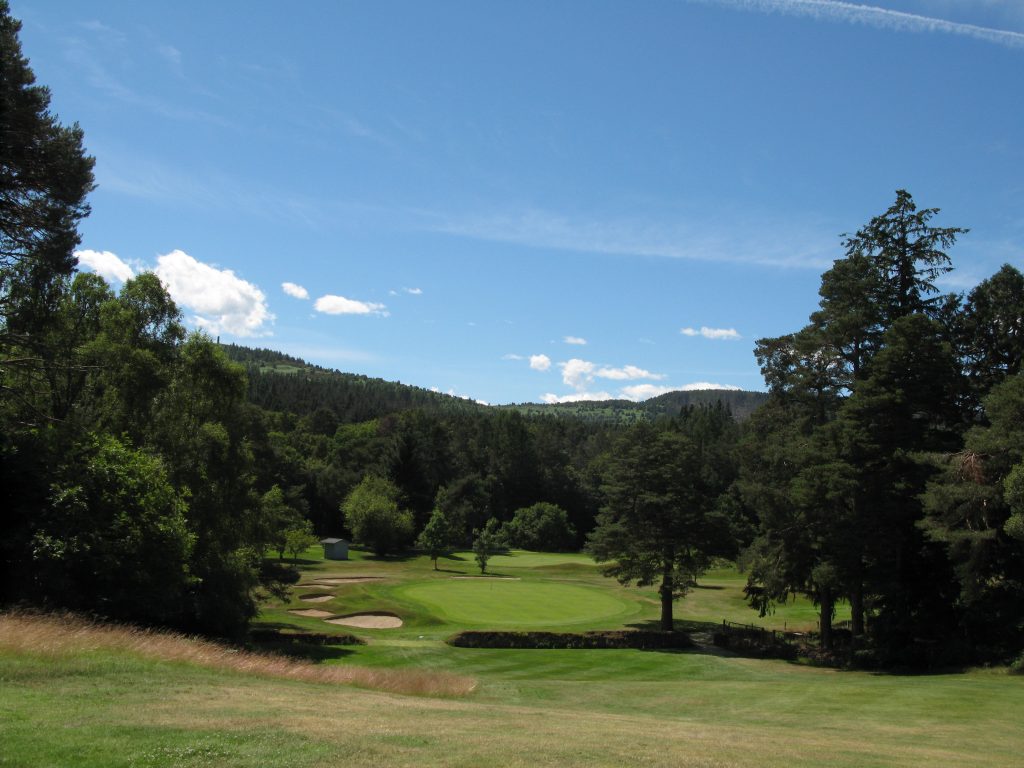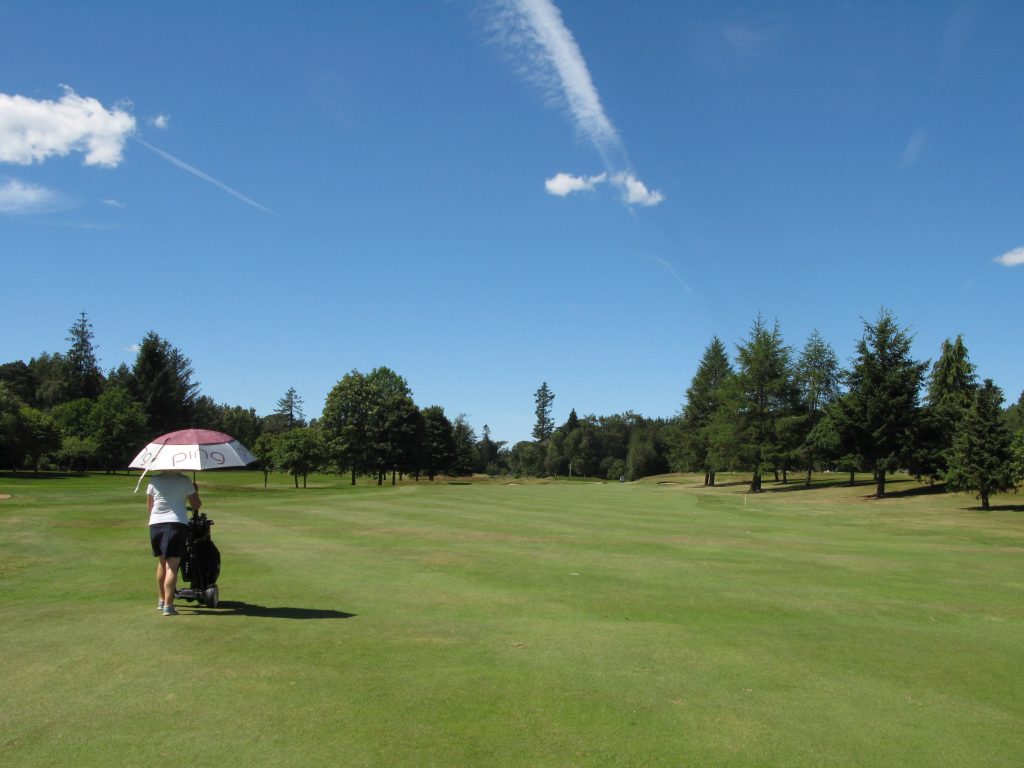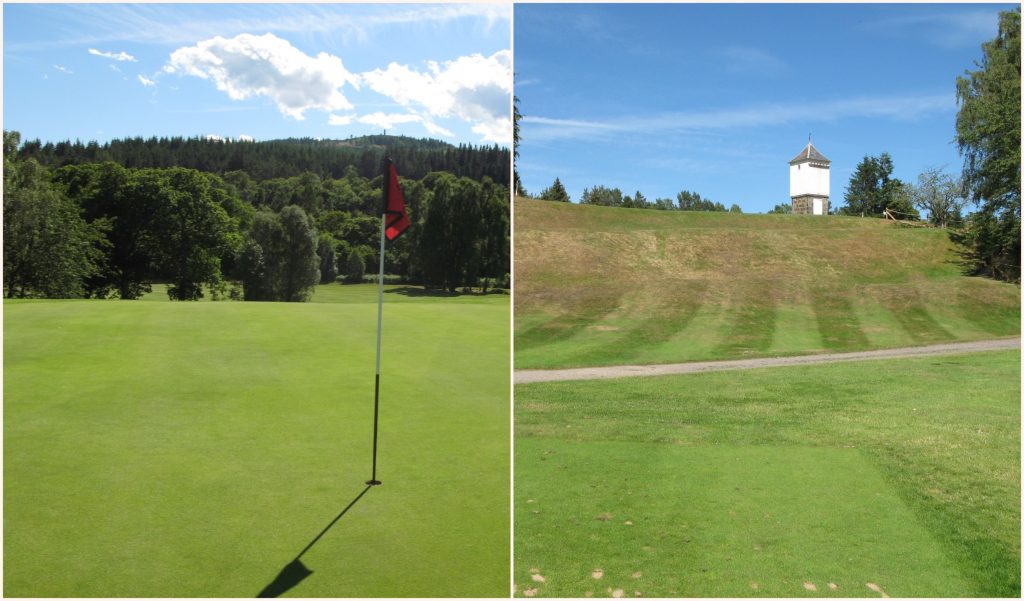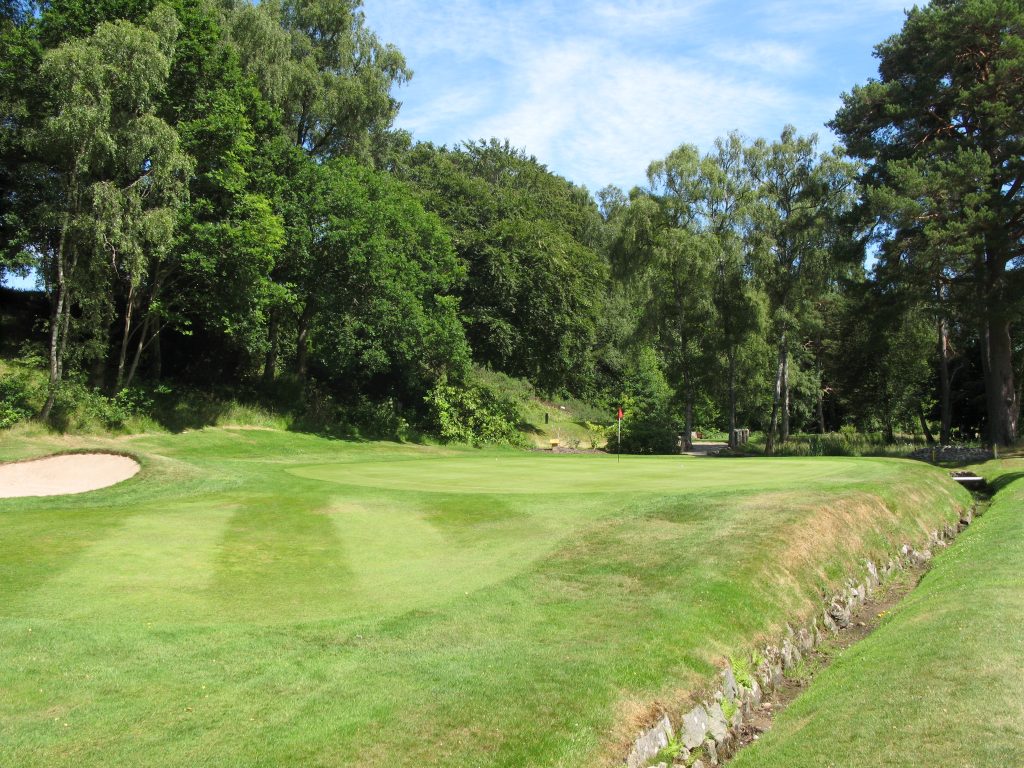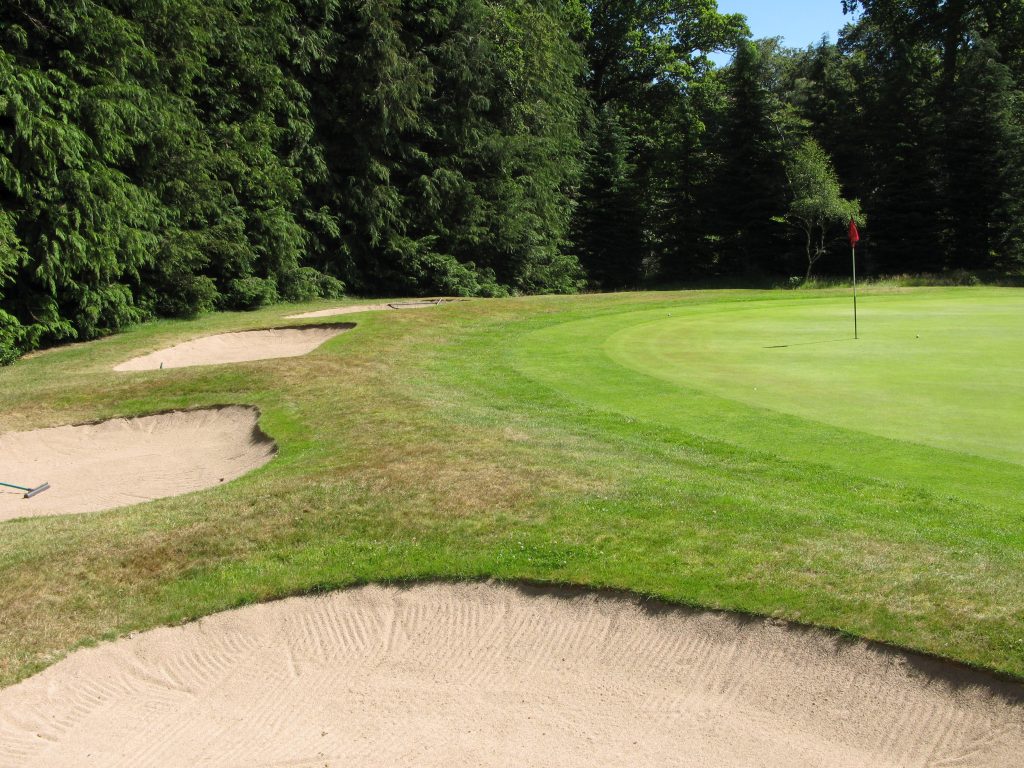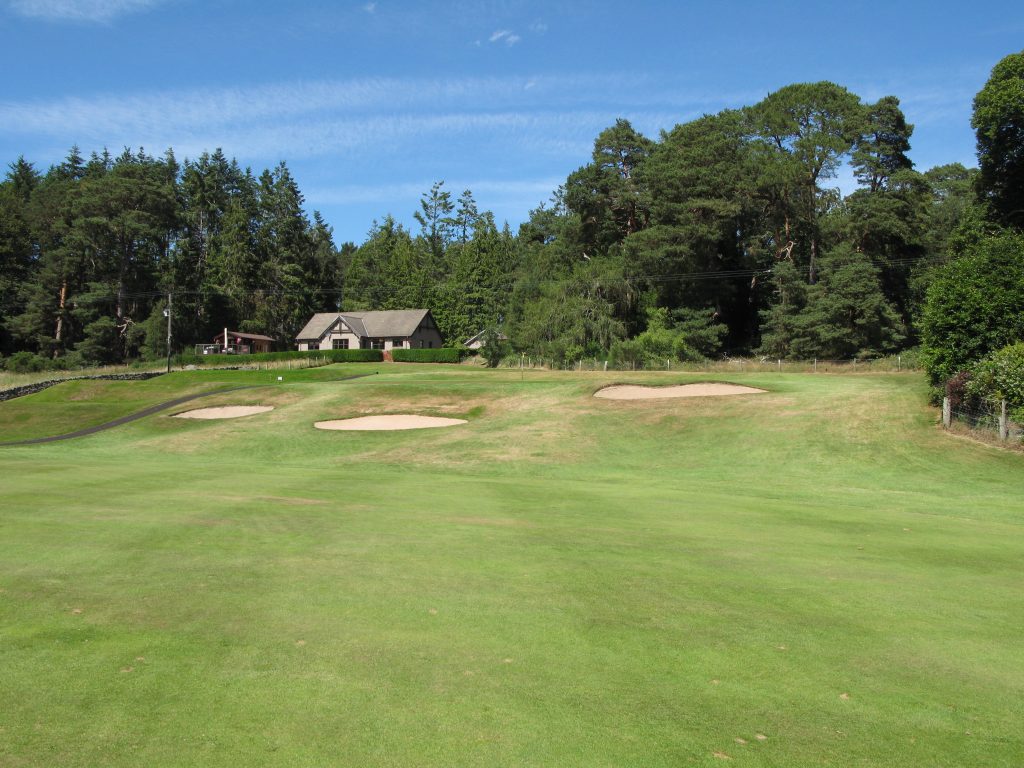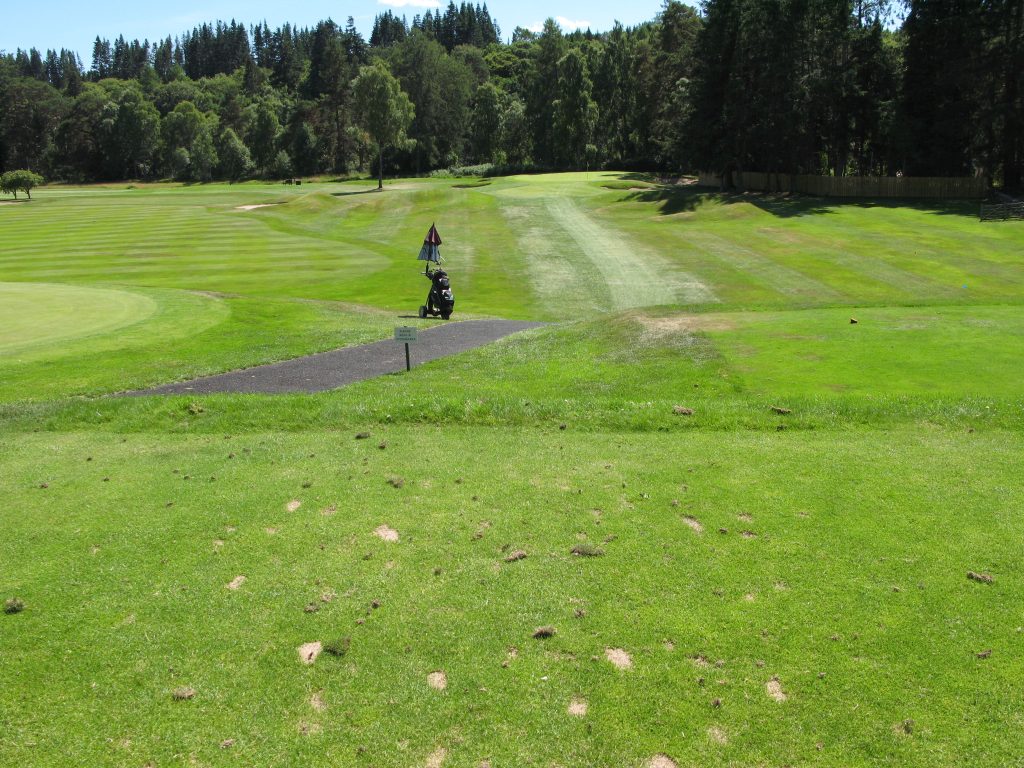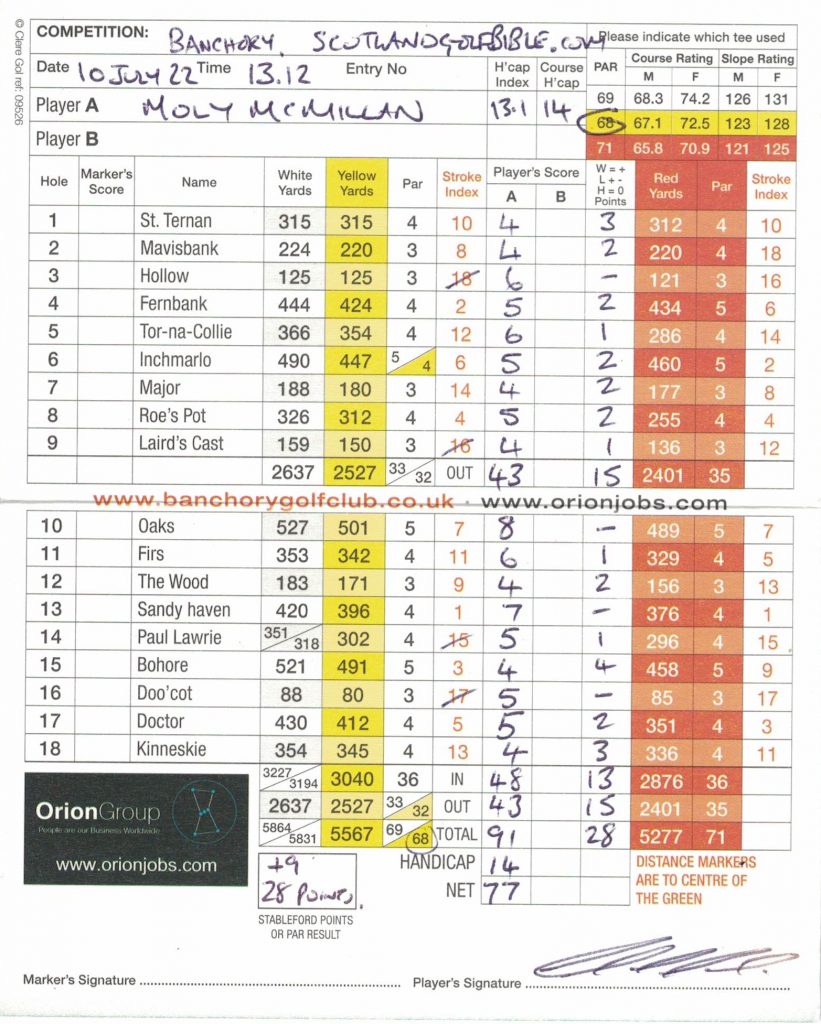This true “Hidden Gem” is an absolute joy.
Round £30. Par 69. Course Rating / Slope Rating (yellow) 67.5/118. Value (out of 5) – 5
Moly’s Score – 97
When deciding to play all Scotland’s golf courses, I had no idea of the joy I would find from learning about Scotland’s geography and local histories, plus on the few occasions I would find a course that overwhelmingly surpassed my expectations. Airdrie is such a course.

Scottish football fans are well aware of Airdrieonians, the club with the distinctive red ‘V’ embossed on its white football top. However, I would never have played golf in Airdrie, a town of some 40,000 people in the central part of Scotland, had it not been for my golfing ambition.
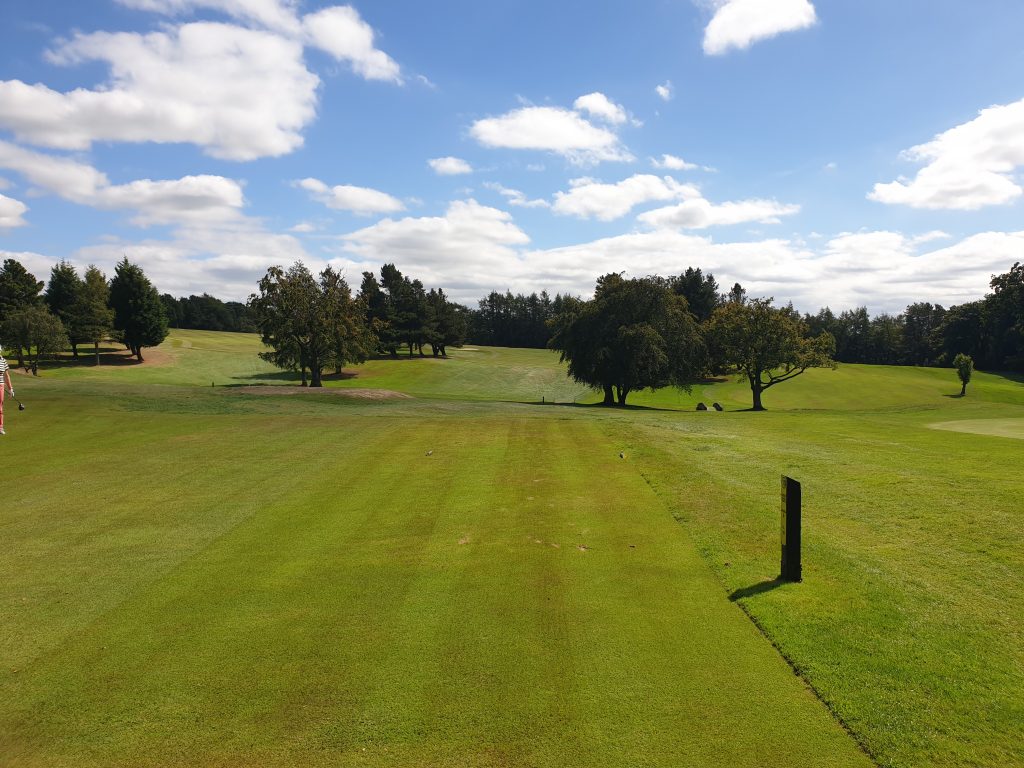
Along with neighbouring Coatbridge, this collective municipal ‘working class’ area is called “The Monklands”. As the name suggests, this land was used by the monks of Newbattle Abbey in West Lothian, who were granted charter over the land by King Malcolm in 1160.
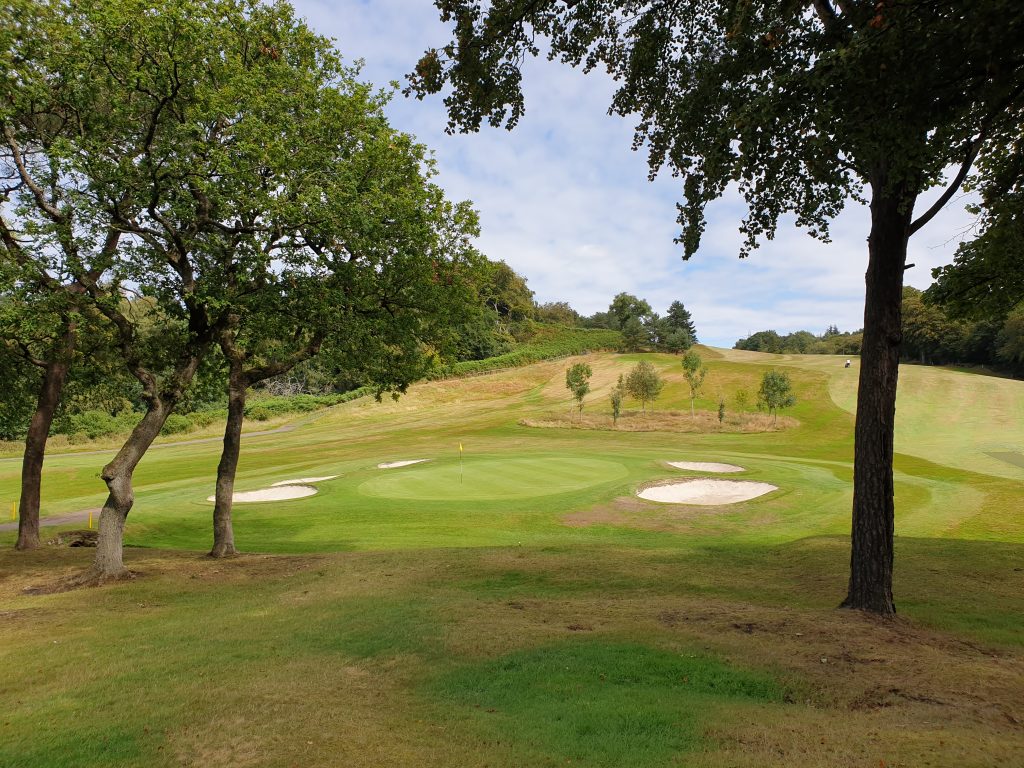
Dates can be both clues and conundrums. Airdrie is regarded as one of James Braid’s courses, albeit it was founded in 1877 when James was only 7 years old; no record could be found who laid out the original course.
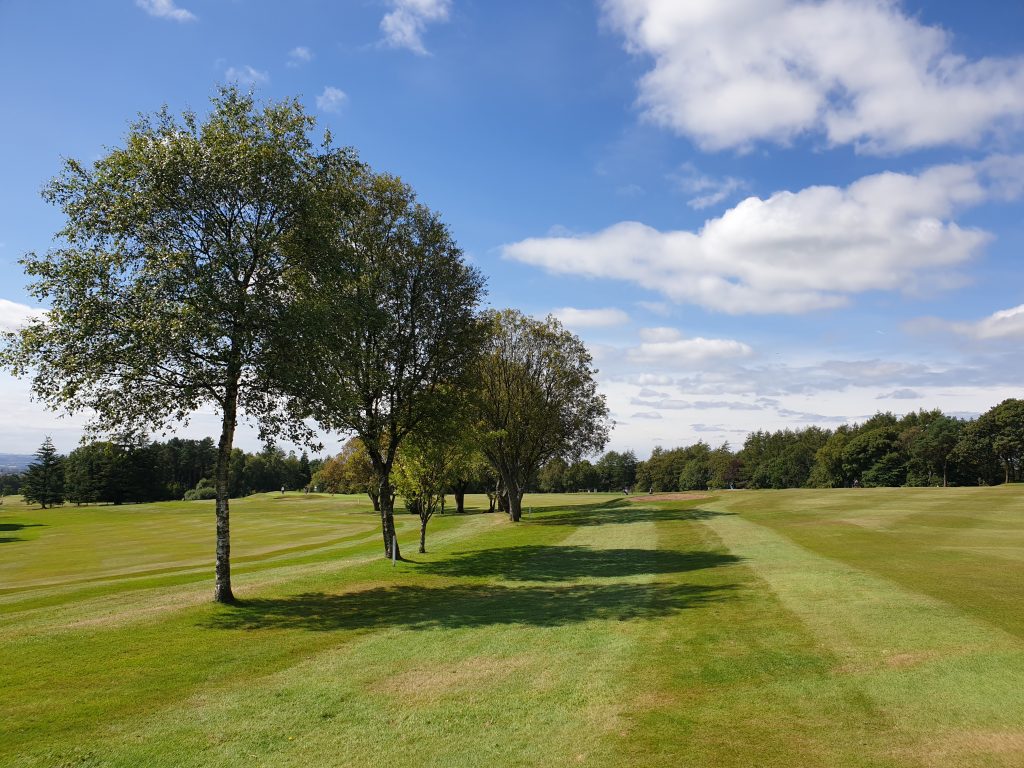
The golf course sits high over Airdrie which already lies 400 feet above sea level. The 14th, “Arran View”, tells its own story – Arran is 50 miles away to the east. Despite the altitude, there is surprisingly no “heathland” feel to the course, which I consider a “parkland” venue, albeit the club describe it as “woodland”.
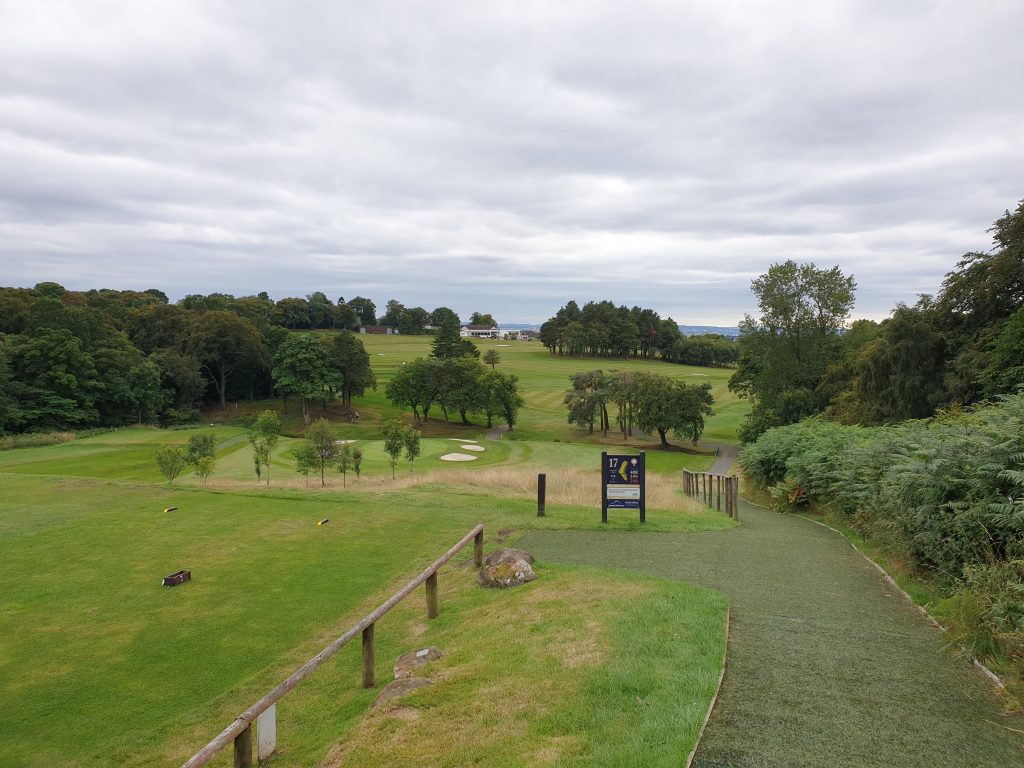
The course is relatively short – it has one par 5 (the 9th) and four par 3s, but still has variety in abundance through the undulating layout, a number of dog legs (both right and left) and deceiving gullies. This course suits a player who understand their yardages. My gross 97, for 25 stableford points, suggests I need to get back on the driving range to assess my distances!
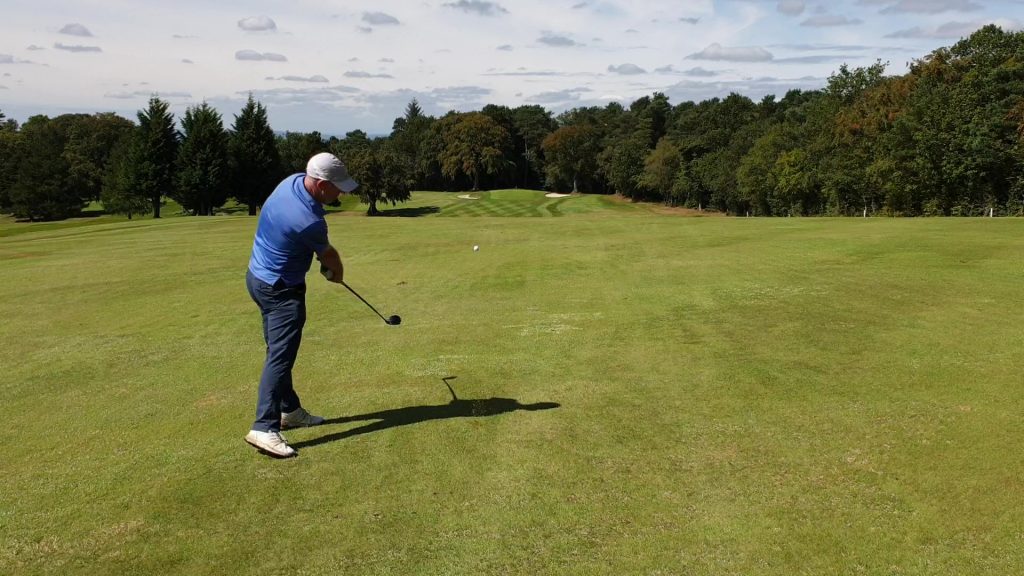
With brilliantly named holes, the course was in superb condition, especially the teeing grounds that made it feel higher quality. The greenkeeping staff are doing a great job.
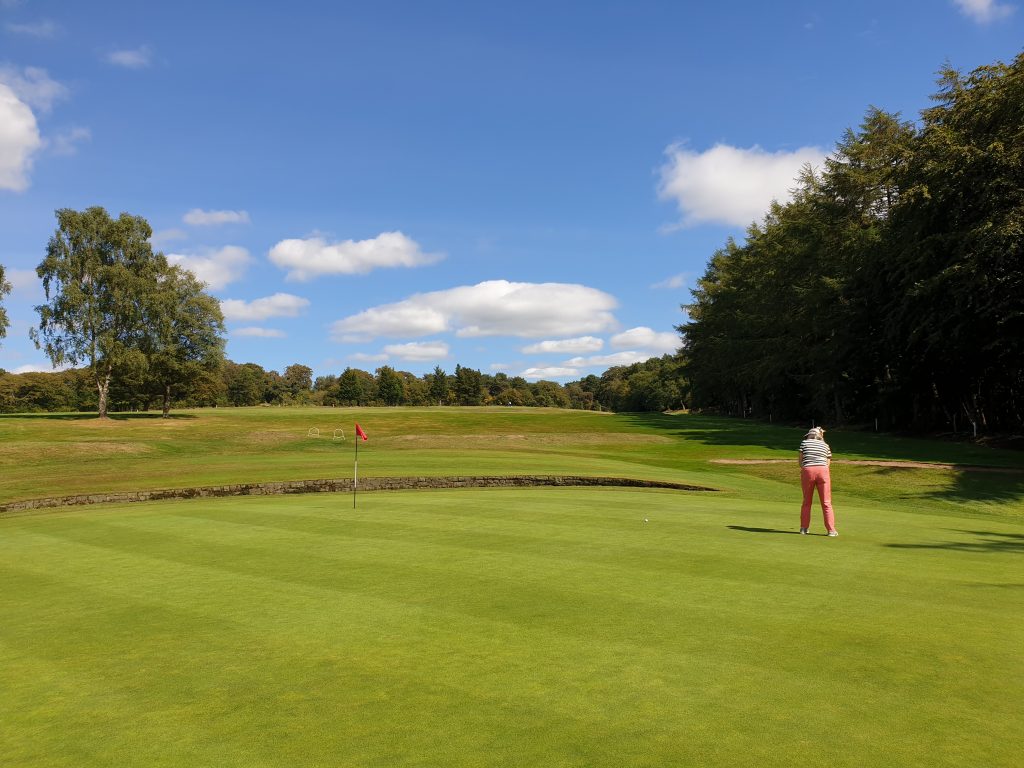
Airdrie is a delightful golf course and, at £30, almost defines 5 star value. I paid only £20 through a Golfnow discount. There is something for everyone at this course, that is worth travelling to Airdrie for other than football.
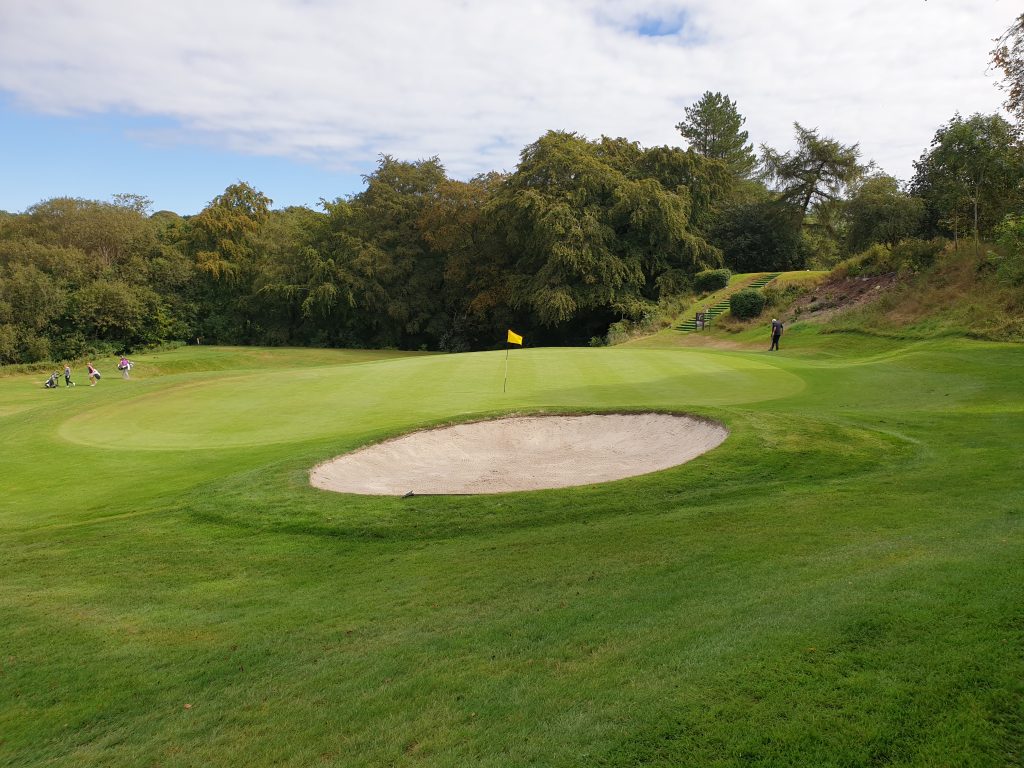
Facts:
Course Type: Parkland/Heathland/Woodland?
Par 69 (1 par 5s, 13 par 4s, 4 par 3s)
Distance (yellow): 5530 yards
Moly’s Gross score: 97
